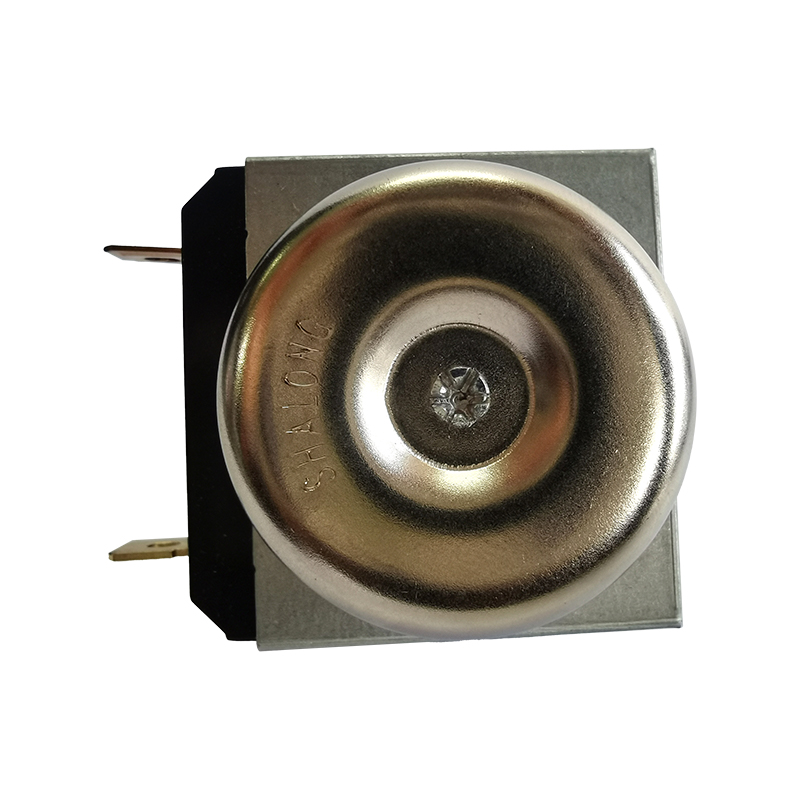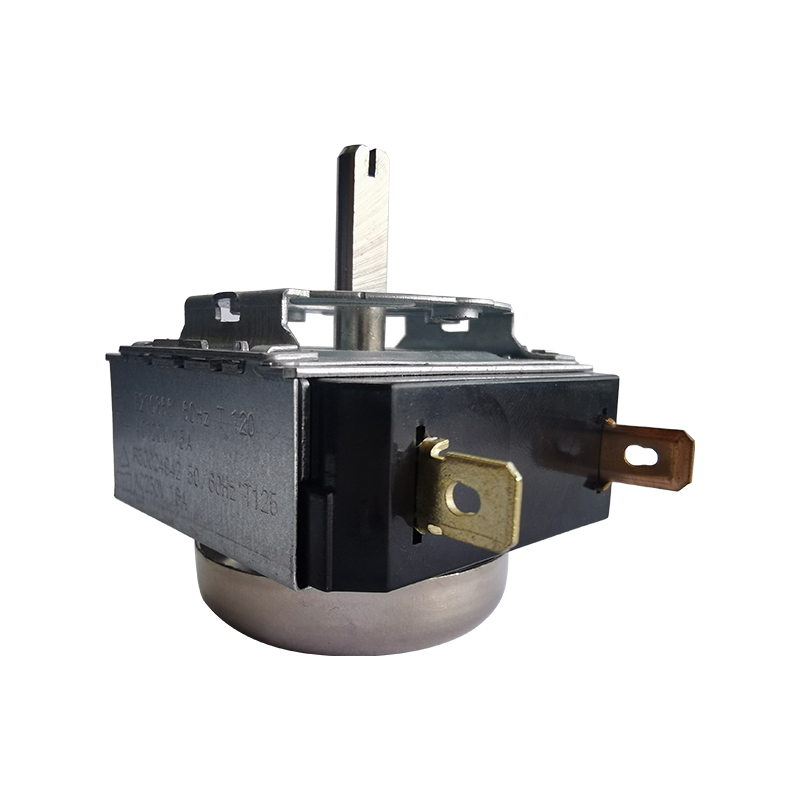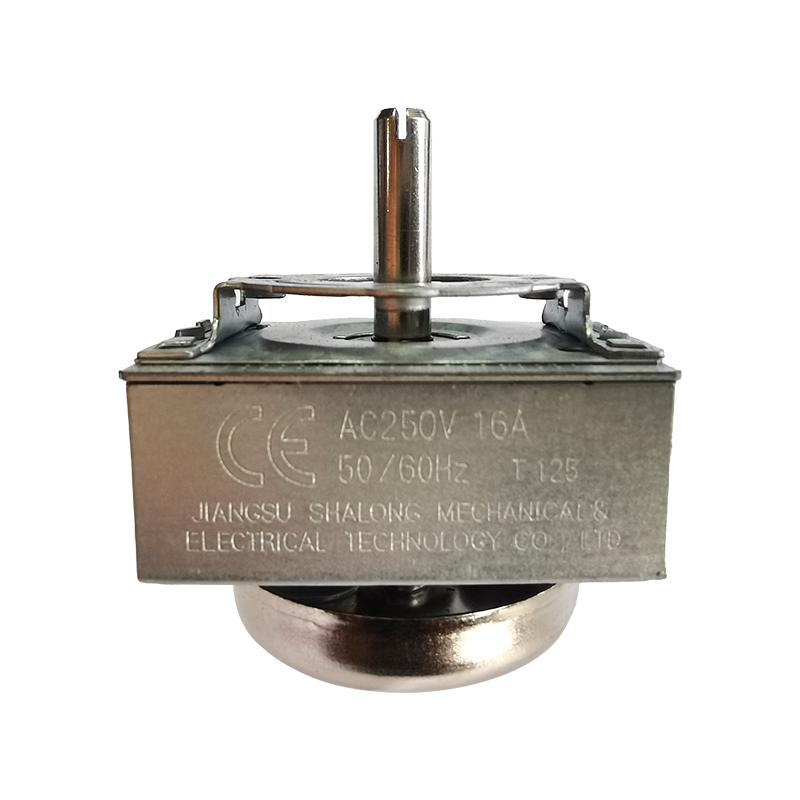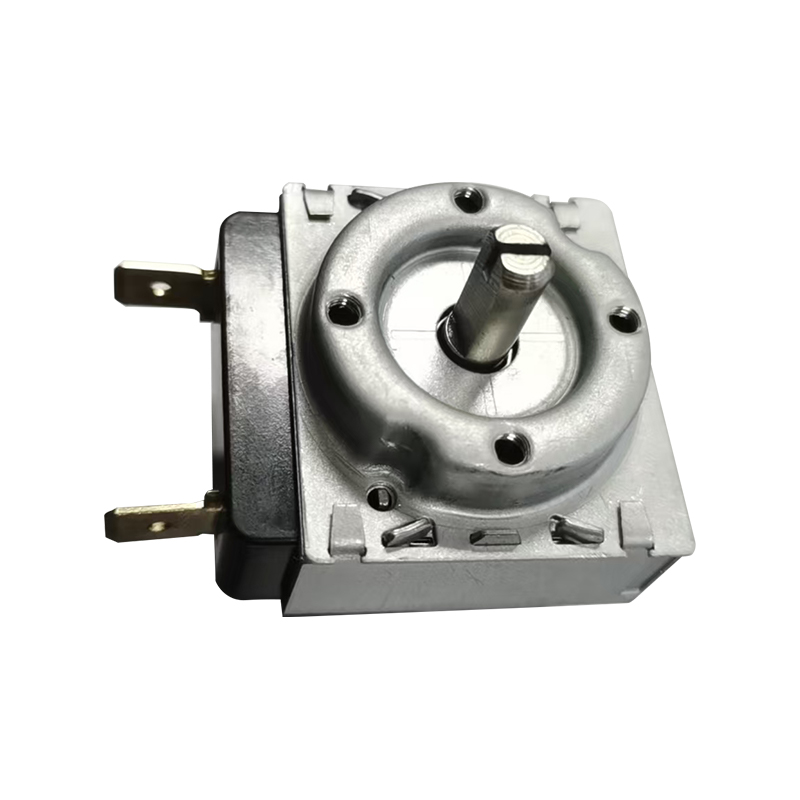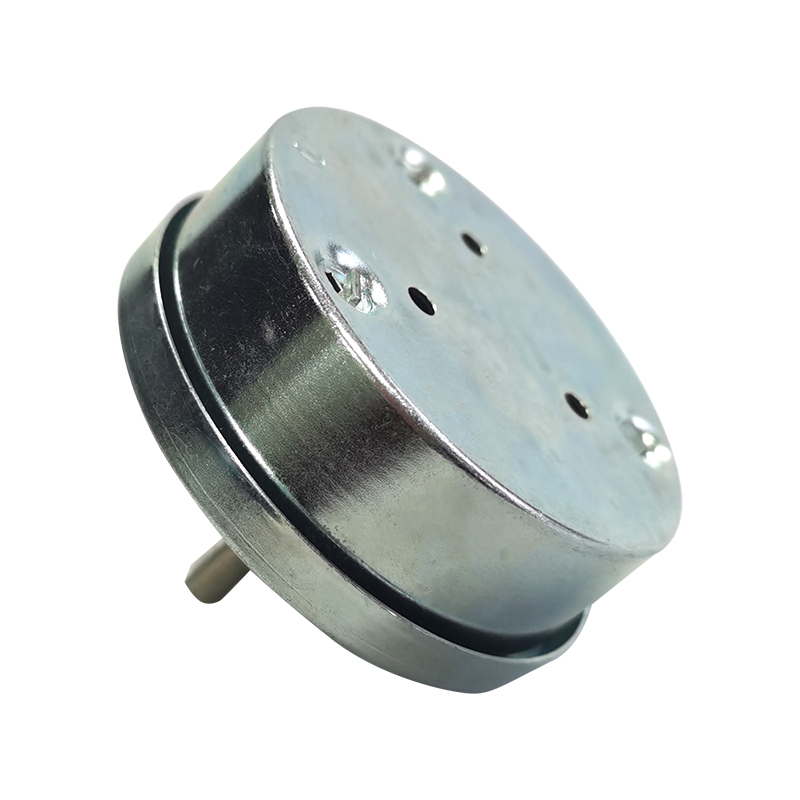Time control plays a crucial role in modern industry, laboratories, and even home life. The most common timing tools on the market are mechanical timers and digital timers.
Mechanical Timers: Classic and Reliable Industrial Cornerstone
Mechanical timers have won favor in many fields due to their robustness, durability, and intuitive operation.
Core Advantages: Mechanical timers typically use purely mechanical structures such as gears and springs, meaning they are highly resistant to electromagnetic interference and perform particularly stably in complex industrial environments. For periodic operations requiring precision and high repeatability, such as interval control on certain production lines, their stable mechanical action is highly reliable.
Operating Experience: Users typically set the time by rotating a knob; the intuitiveness and "feel" provided by this physical feedback are difficult for digital devices to replace.
Applicable Scenarios: Many applications requiring extremely high durability and basic time control, such as industrial equipment timing, oven baking, or as timing components in some classic machines.

Digital Timers: Precise and Flexible Modern Choice
In contrast to mechanical timers, digital timers represent the advantages of modern electronic technology.
Core Advantages: Digital technology offers extremely high precision (typically at the second or even millisecond level) and programmability. They can easily implement complex functions such as multiple timing, countdown, countdown, and multiple mode switching. Many digital timers also have memory functions and external interfaces for easy integration with other automation control systems.
Ease of Use: LCD displays clearly show the remaining time, the user interface is modern, and the setup process is more flexible.
Application Areas: Widely used in precision laboratory experiments, modern production process monitoring, smart home control, and scenarios with higher time display requirements.
How to Balance: Scenario Determines Advantages and Disadvantages
The following is a point-by-point comparison of mechanical and digital timers in several key characteristics:
Precision and Resolution:
Mechanical timers typically have second-level precision.
Digital timers offer high-precision control with millisecond-level resolution.
Interference Resistance and Reliability:
Mechanical timers, due to their mechanical structure, have relatively stronger resistance to electromagnetic interference and perform more stably in complex environments, making them a reliable choice.
Digital timers may require additional protection in areas with poor electromagnetic environments.
Operational Feedback and User Experience:
Mechanical timers provide intuitive physical feedback; users can set the time simply by rotating a knob.
Digital timers rely on button operation and an LCD display, offering a more modern operating process.
Functional Complexity:
Mechanical timers have relatively basic functions, primarily focusing on single or repetitive timing.
Digital timers support more complex timing programs, multi-mode switching, and are easily integrated with automation control systems.
Structural Characteristics:
Mechanical timers are characterized by robust and durable purely mechanical components.
Digital timers are characterized by highly integrated electronic circuitry.
If you require simple, stable, and interference-resistant basic timing functions and need to operate in harsh environments, then mechanical timers remain a reliable choice.
If you require extremely high time accuracy, complex timing programs, or integration with other electronic devices, digital timers are undoubtedly a superior modern solution.
When choosing a timer, you should fully consider your requirements for time control accuracy, the electromagnetic conditions of your operating environment, and your need for ease of operation to make the most informed decision.



 English
English 中文简体
中文简体


